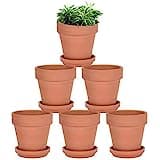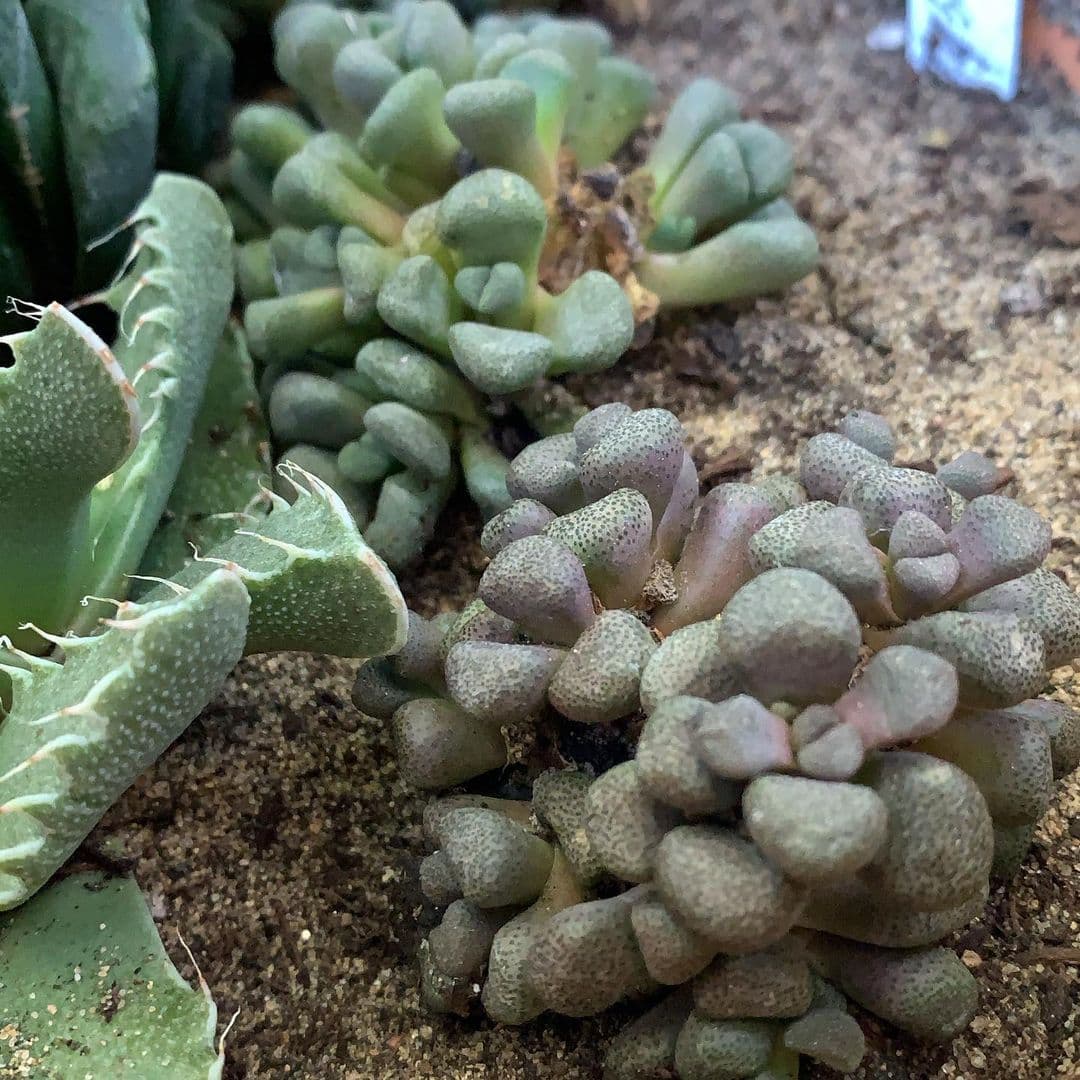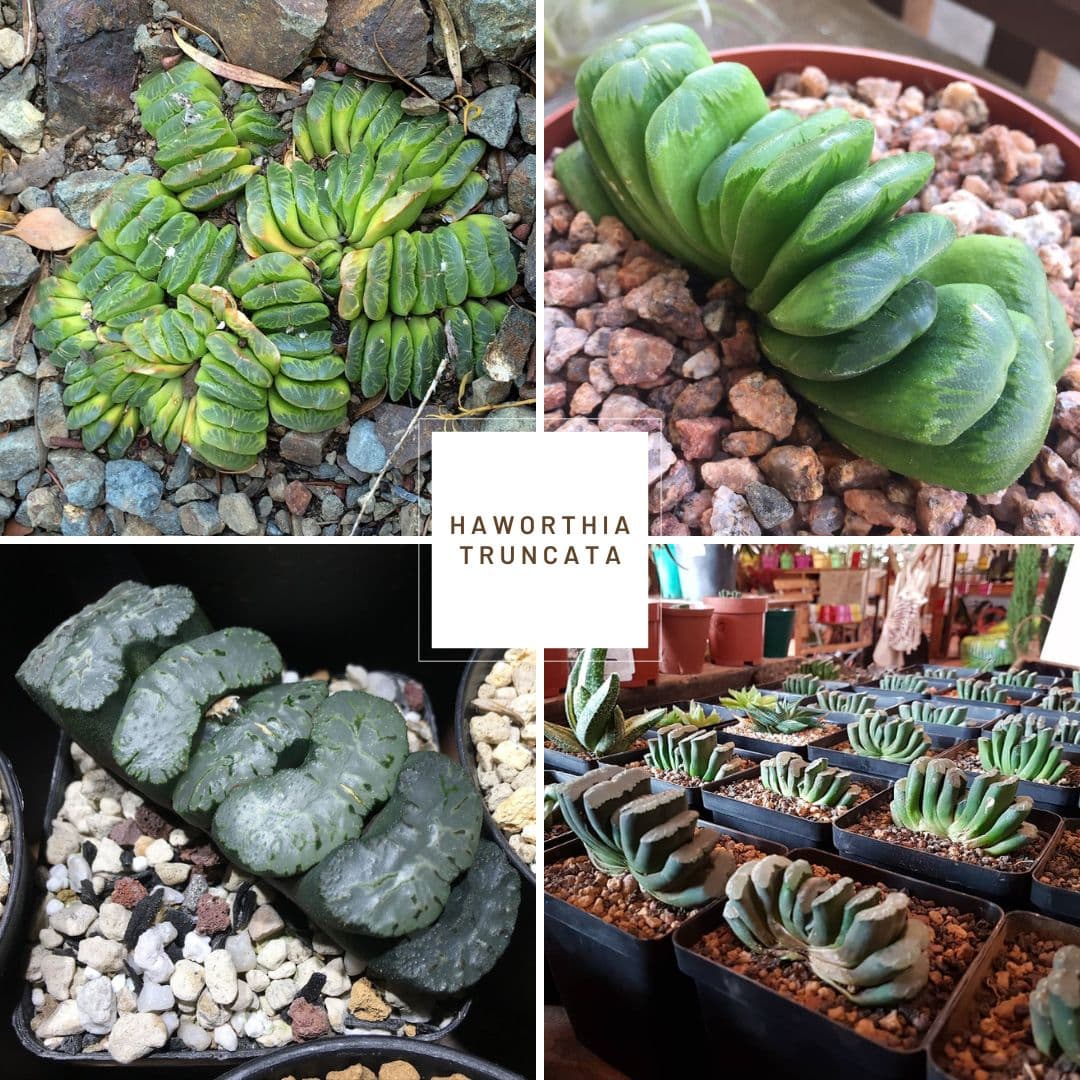Haworthia
Posted by Grace on February 12, 2023
Haworthia is a genus of succulent plants that is native to South Africa and part of the Asphodelaceae family.
I have to say, Haworthia is one of my favorite kinds of succulents (the other one is lithops).
Quick Facts
- Native Habitat: South Africa 🇿🇦
- Family: Asphodelaceae
- Water: Only when soil is dry, avoid over-watering.
- Sunlight: Bright, indirect light. Tolerates some direct sun, low light okay. Too much sun causes leaf yellowing/browning.
- Dormancy: Winter months
Contents
Types
There are over 60 species of Haworthia, which are native to South Africa. Some of the most commonly cultivated species include:
- Haworthia fasciata (Zebra Plant 🦓) - known for its distinctive white stripes on its leaves
- Haworthia truncata (Horse's Teeth 🐴 ) - named for its rough, tooth-like ridges on its leaves. Read more about Haworthia truncata!
- Haworthia cooperi (Cooper's Haworthia) - has soft, round leaves that form a rosette
- Haworthia retusa (Star Window Plant 🌟) - has translucent "windows" on its leaves that allow light to reach its photosynthetic tissue
- Haworthia attenuata (Lemon Lime 🍋) - has bright green, pointed leaves that grow in a rosette
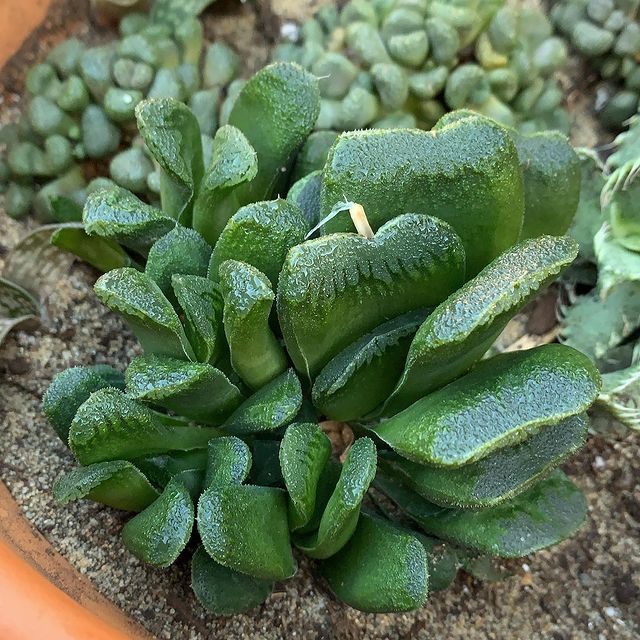 My Haworthia truncata cluster
My Haworthia truncata cluster
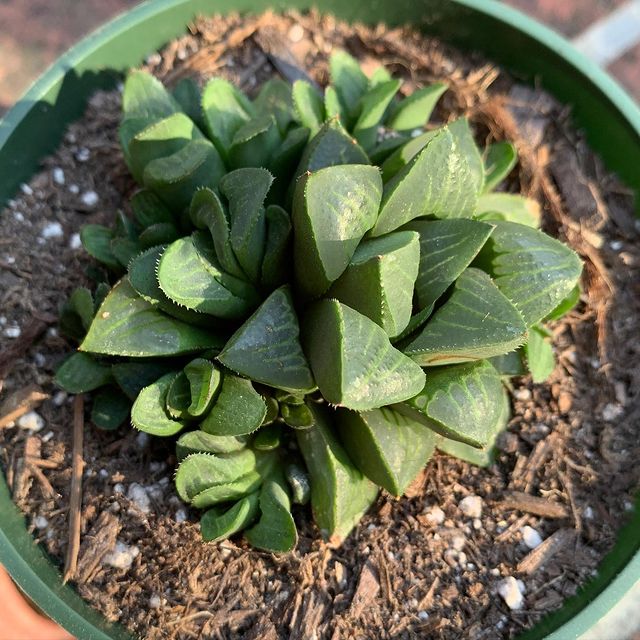 My Haworthia retusa in the sun, very pretty, right?
My Haworthia retusa in the sun, very pretty, right?
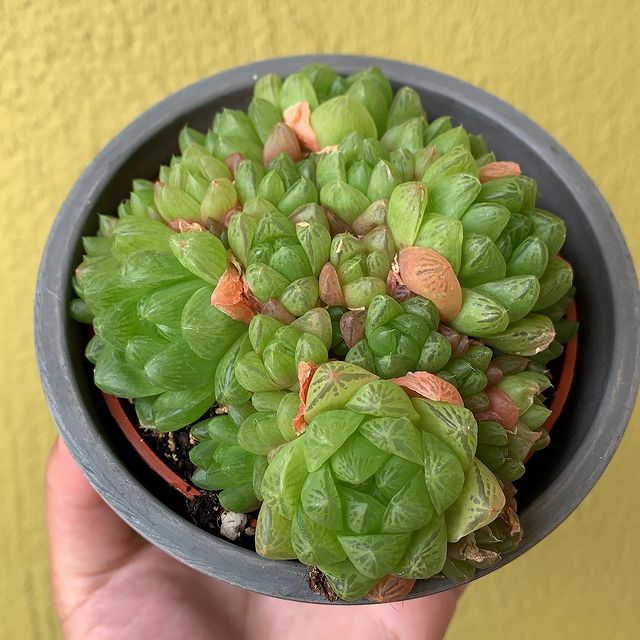 A huge cluster of Haworthia cooperi I got from Trader Joe's in Redwood City, California
A huge cluster of Haworthia cooperi I got from Trader Joe's in Redwood City, California
How to Care for Haworthia
- Water: Water sparingly, only when the soil is completely dry. Avoid over-watering as this can lead to root rot.
- Soil: Use well-draining soil with a mix of perlite, sand, and peat moss. Light: Bright, indirect light is ideal, but Haworthia can also tolerate low light conditions.
- Humidity: Average to low humidity levels are fine.
- Fertilizer: Fertilize sparingly with a succulent fertilizer every 2-3 months during the growing season.
- Temperature: Keep temperatures between 50-85°F. Haworthia is sensitive to extreme temperatures and drafts.
- Repotting: Repot every 2-3 years in spring when the plant outgrows its pot.
Propagation
Haworthia can be propagated from offsets, which are small shoots that grow at the base of the plant, or from leaf cuttings.
- Offsets: separate offsets from parent plant, allow to callus, plant in well-draining soil, keep moist, place in bright indirect light, wait for roots and new growth.
- Leaf Cuttings: cut a healthy leaf, allow to callus, plant half the leaf in well-draining soil, keep moist, place in bright indirect light, wait for roots and new growth.
FAQ
Is haworthia toxic to cats?
Haworthia plants, including varieties like Haworthia Cooperi and Glassrim Haworthia, are generally considered non-toxic to cats. These plants are safe for cats to nibble on and are not known to cause severe symptoms if ingested. While Haworthia plants are not toxic to cats, it is still advisable to prevent cats from ingesting any plant material as it can lead to gastrointestinal upset or allergic reactions in sensitive pets.
If you suspect that your cat has ingested Haworthia or any other plant and they show concerning symptoms, it is recommended to contact your veterinarian promptly for guidance and monitoring.
When to repot Haworthia?
Signs that indicate a Haworthia plant needs to be repotted include roots poking out of the drainage holes, slow growth, yellowing leaves, or a tight fit in the current pot.
Additionally, when the plant spreads to within 1/4 inch of the container's edge, it is a clear indication that repotting is necessary to ensure the plant's health and vitality.
How often to water haworthia?
The frequency of watering Haworthia plants depends on the season and growth cycle.
Here are some general guidelines:
-
Spring and Fall (Mild Weather): Water when the growing medium around the roots approaches dryness, typically every ~3 weeks in moderate temperatures. Avoid watering plants under direct sunlight to prevent high temperatures.
-
Summer and Winter (Hot and Cold Weather): Haworthias slow down or stop their growth in extreme temperatures. Water only a part of the growing medium in a container, allowing capillary action to spread moisture. Adjust the amount of water based on temperature; less water in extreme temperatures. In winter, water when the next week is relatively warm and dry, preferably in the early morning. In summer, water at night after the temperature drops below 24 ºC to prevent excess water accumulation.
-
Overall: Always check the weather forecast before watering. A golden rule is to water well but allow the soil to dry out completely before watering again. Less frequent watering is recommended during dormancy periods, such as in summer when they reject old roots.


